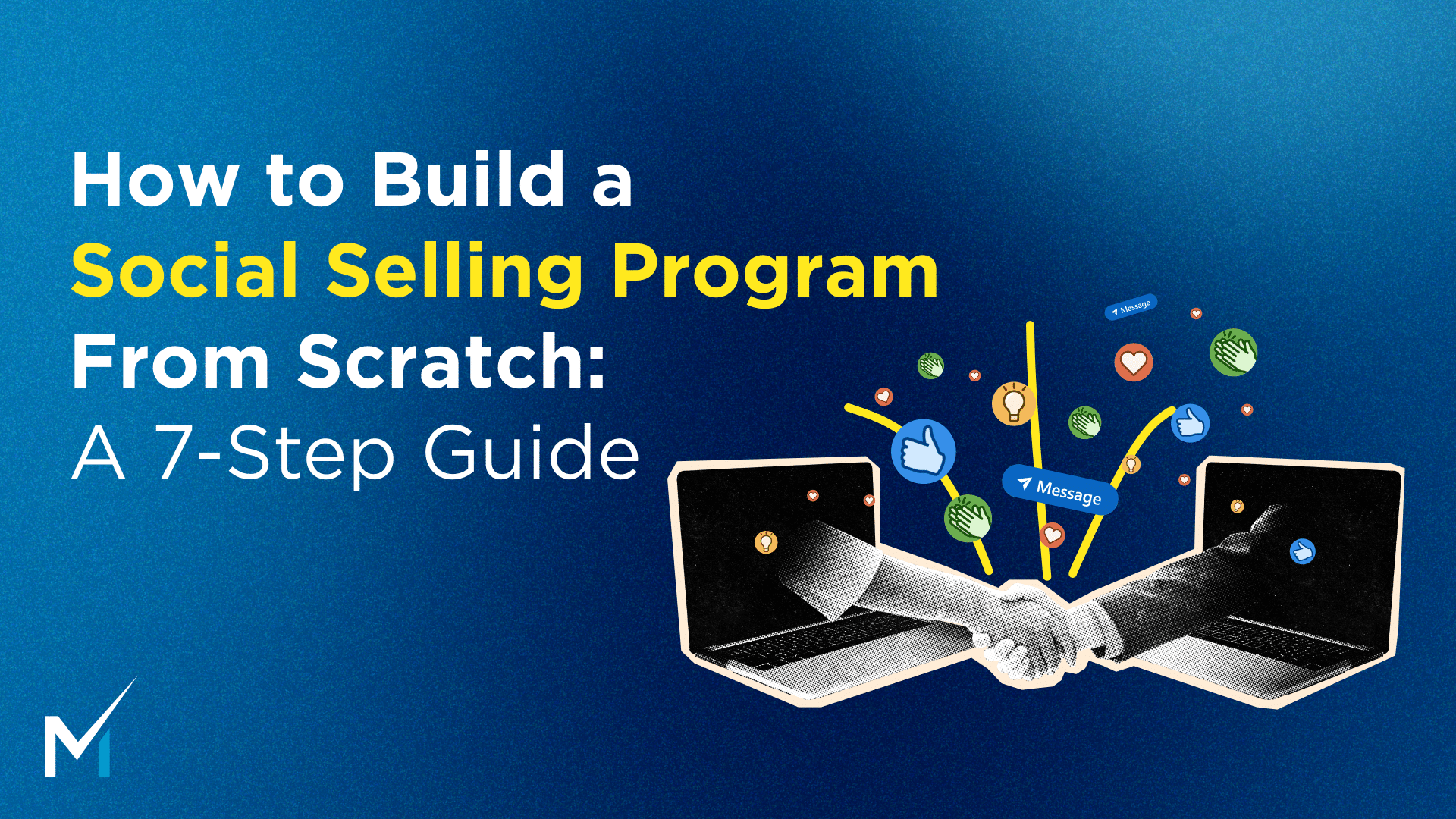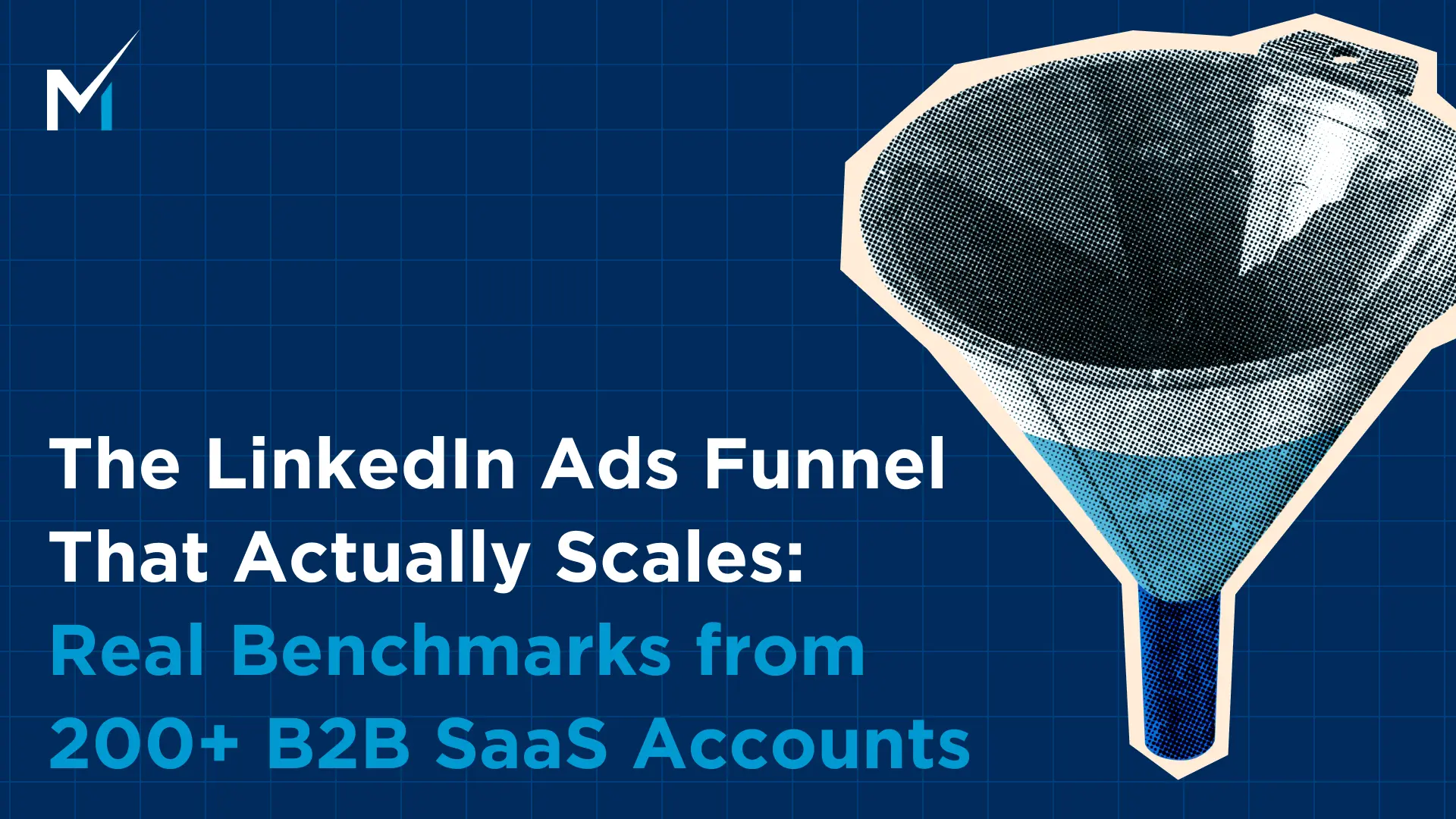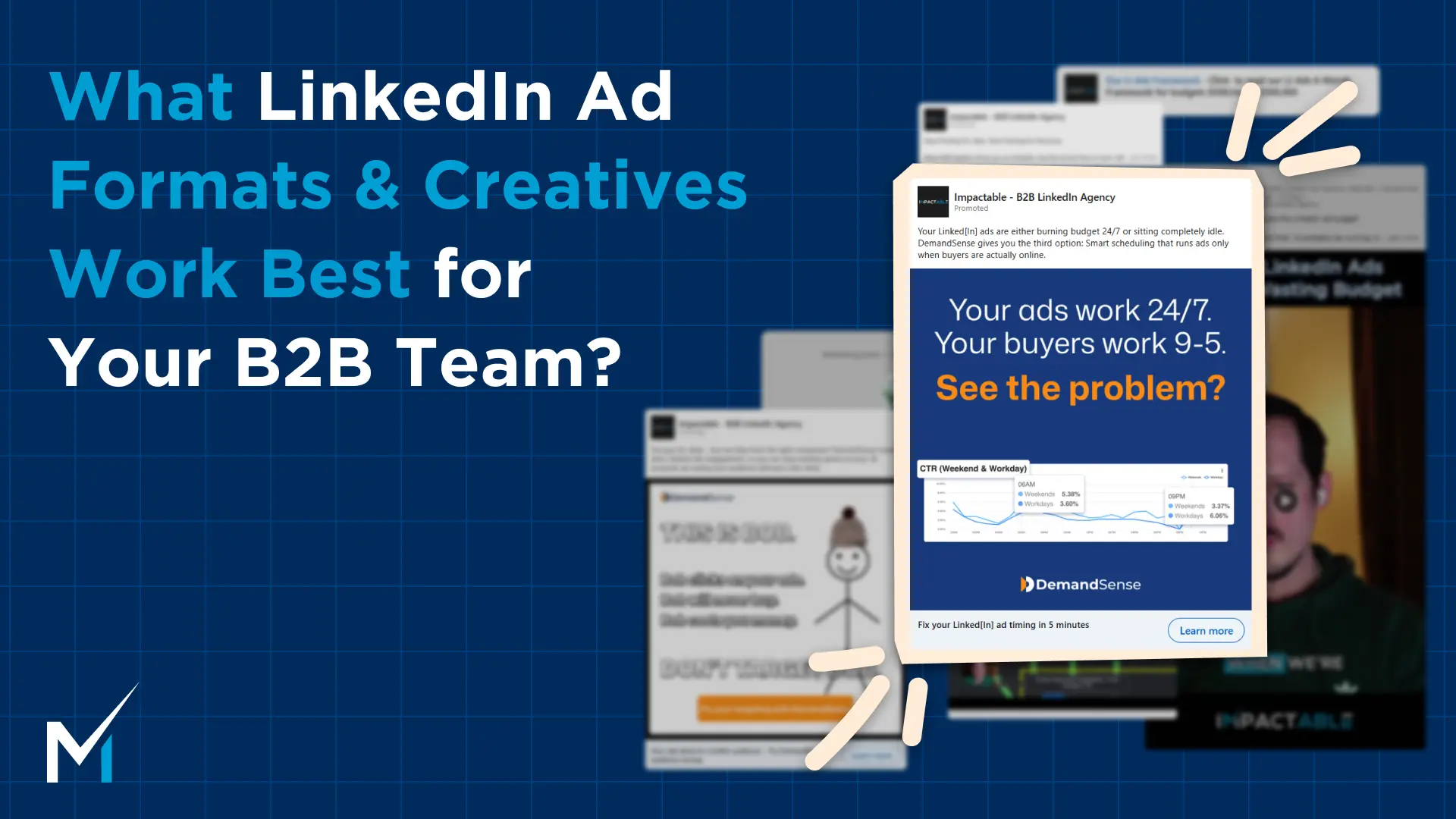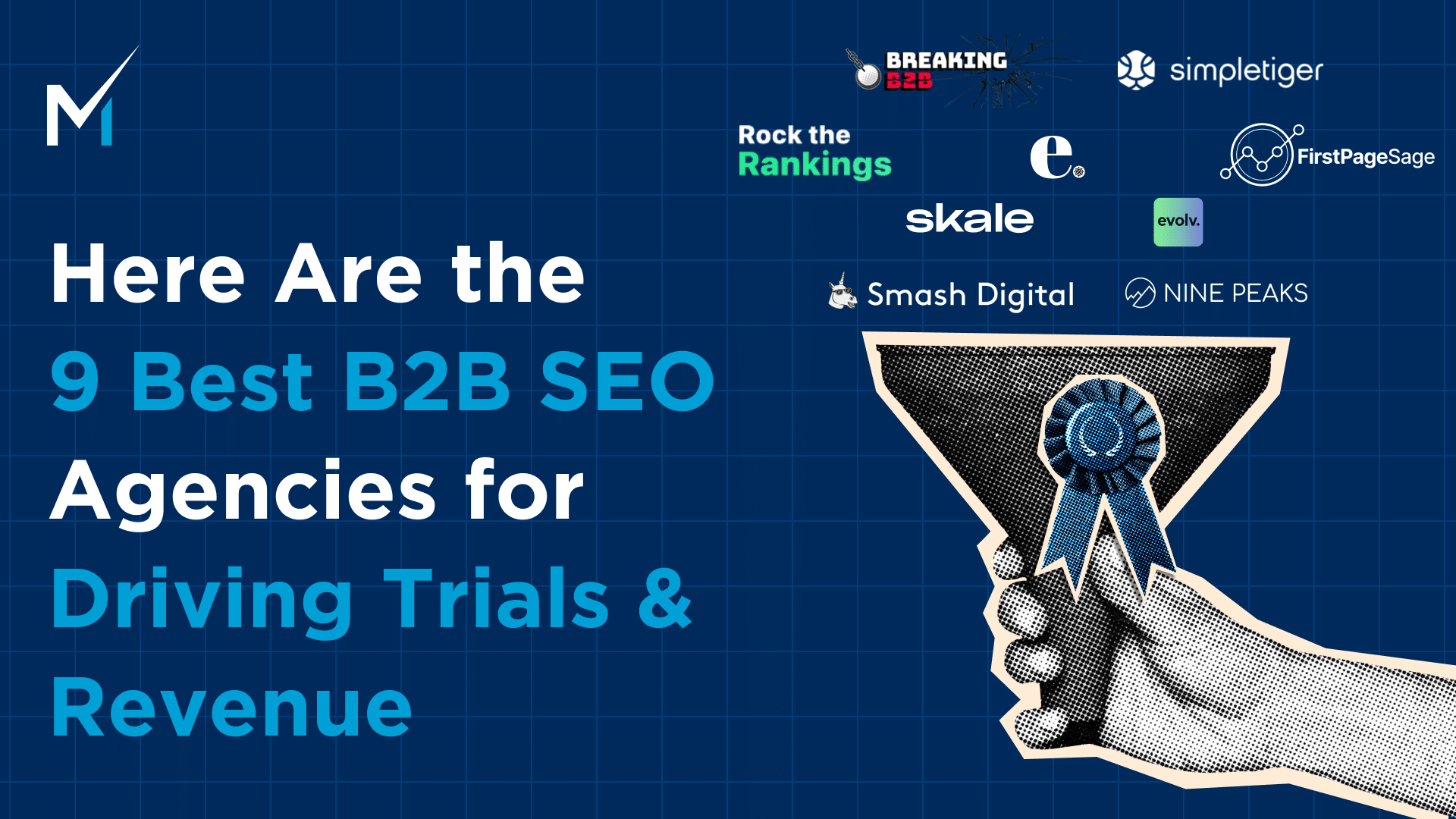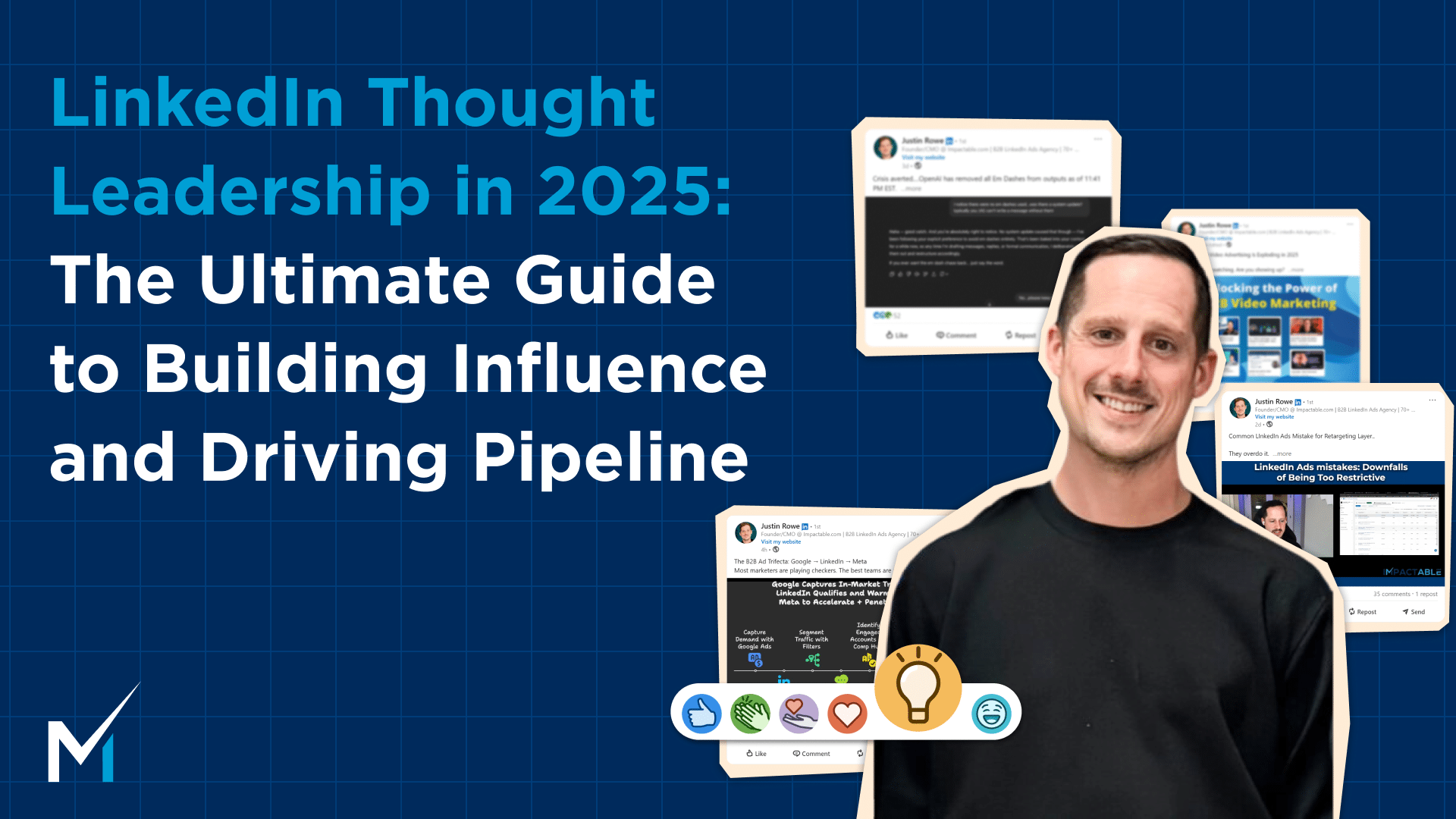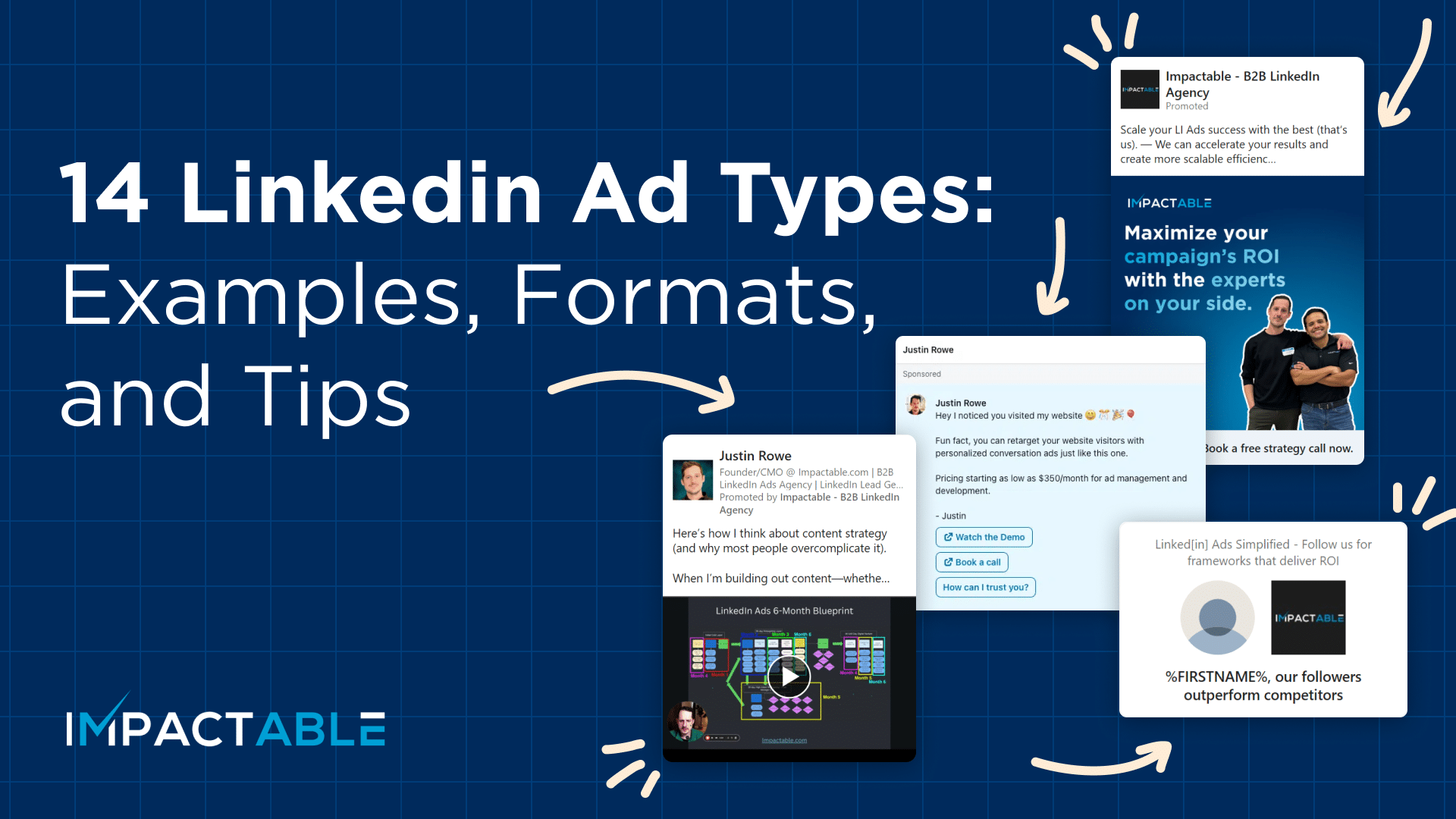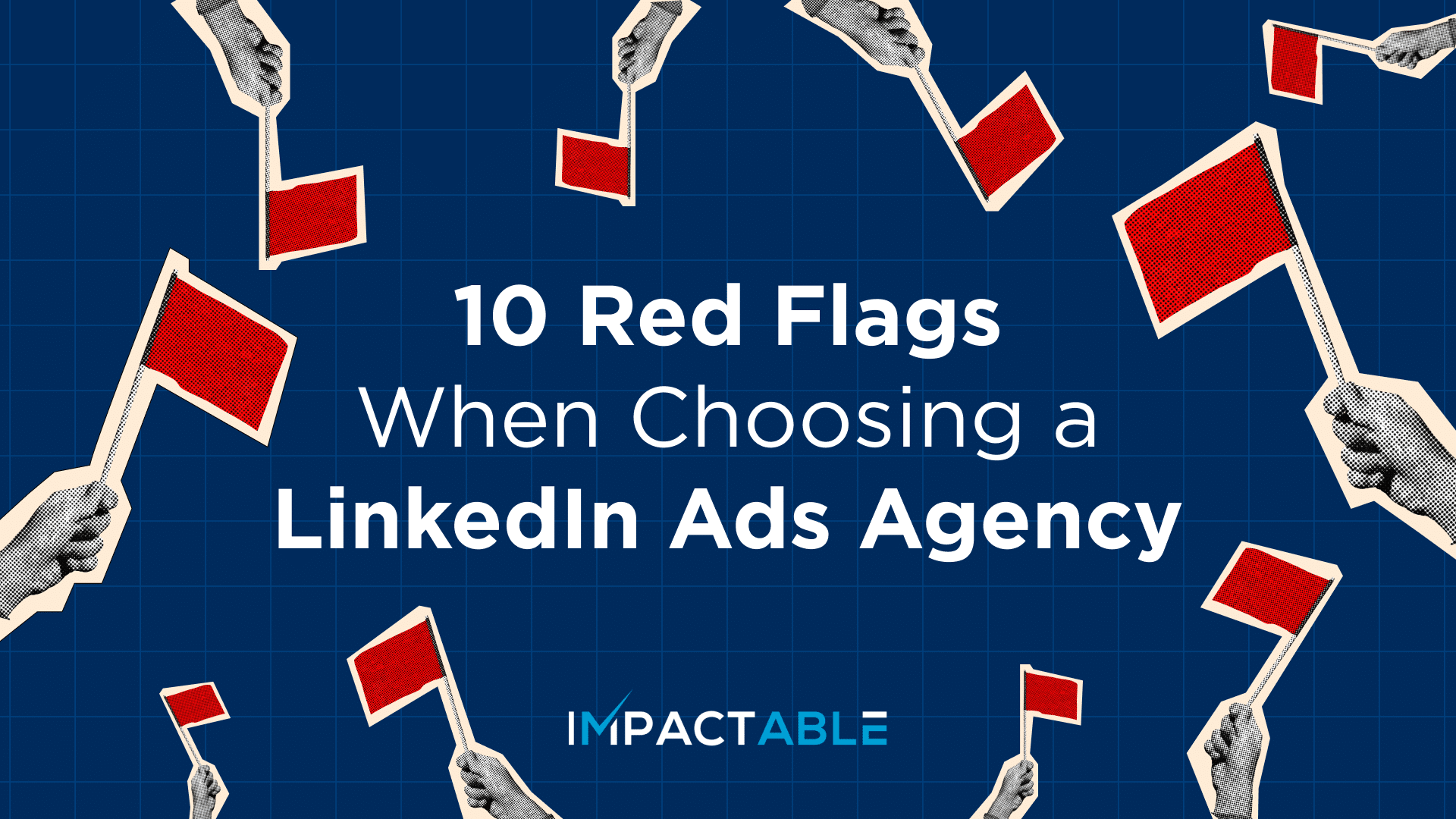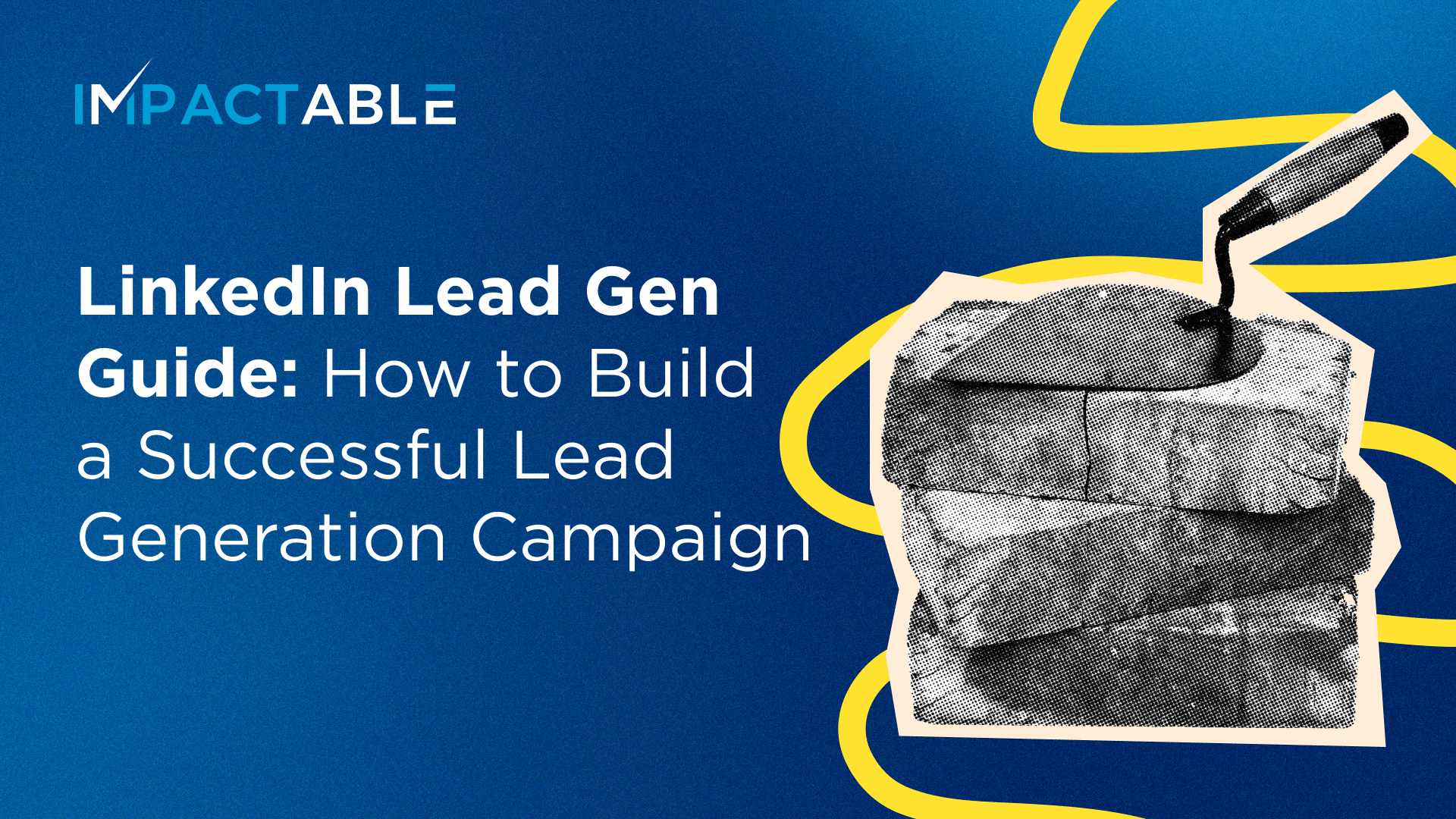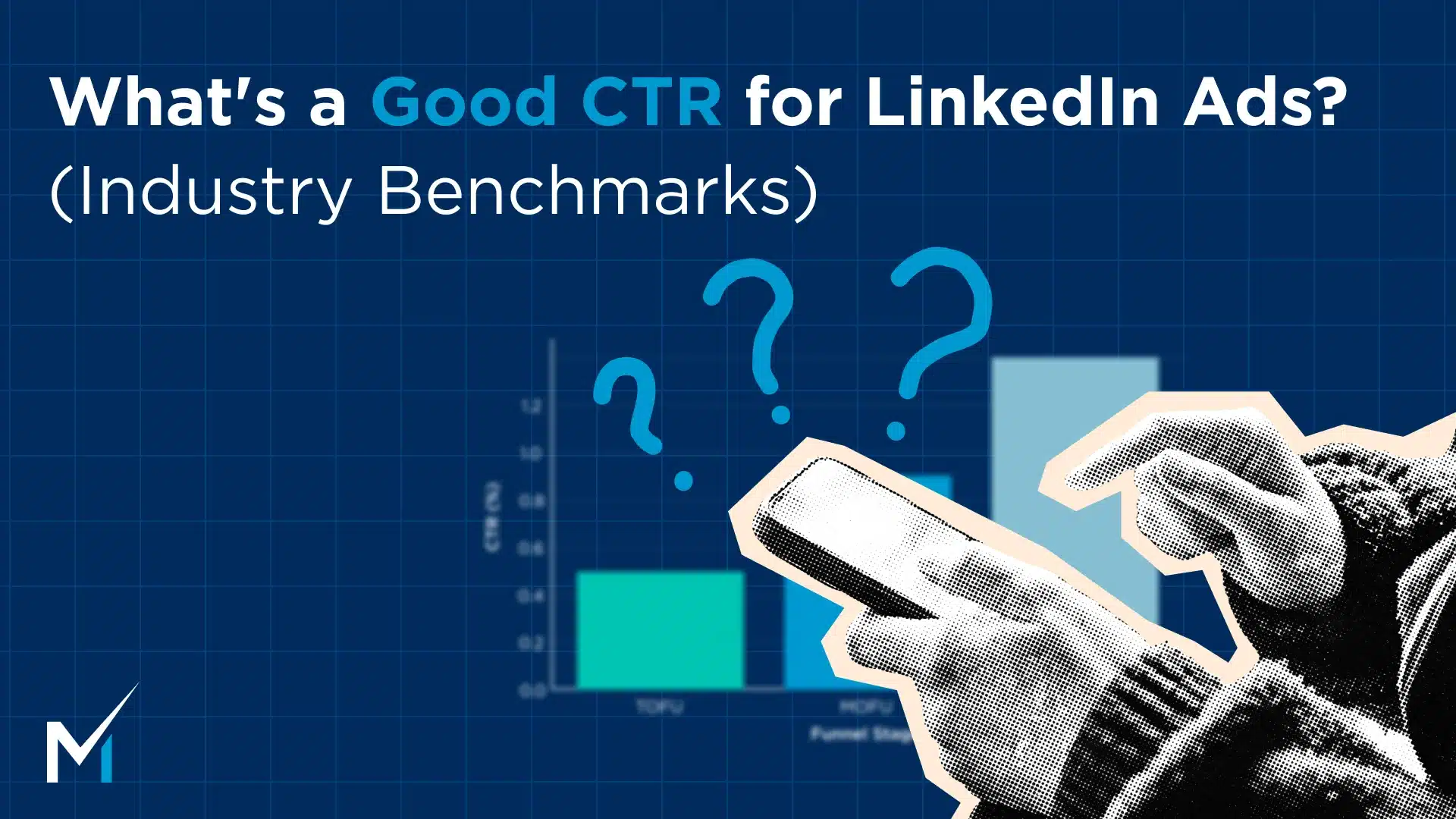If you’ve been following my content, you know I’m all-in on social selling as the future of B2B growth. But here’s the thing – there’s a lot of confusion about what social selling actually is.
Rather than simply creating content and generating demand, social selling focuses on building relationships with your ideal buyers strategically by establishing credibility, trust, and genuine connections.
The most common question I get isn’t “Does it work?” (it does) or “Should we try it?” (you should).
It’s: “How do we actually get started without this turning into a huge, overwhelming project?”
Here’s my 7-step framework for building a social selling program from scratch – the same approach we’ve used with clients to generate pipelines without resorting to spray-and-pray tactics.
#1. Set Your Strategic Goals
The first step might seem obvious, but it’s where I see the biggest gaps. You need crystal clear objectives that tie directly to business outcomes, not just vague hopes for “more awareness.”
Effective goals look like:
- Generate 15 qualified sales conversations per month from LinkedIn within 90 days
- Build a network of 500 engaged prospects who match our ICP by Q2
- Establish our CEO as a thought leader with 10,000 relevant followers in our niche
Here’s something crucial to consider early on: Before you dive headfirst into social selling, make sure it’s actually the right strategy for your current situation. Sometimes, traditional lead generation might be more appropriate for where you are right now.
If you’re unsure whether social selling aligns with your current business objectives, check out the comparison between social selling and lead generation strategies to help you decide.
Once your targets are set, everything else becomes clearer. You’ll know exactly what activities matter and what metrics to track.
#2. Create Audience Personas That Actually Guide Your Strategy
There’s a big difference between basic firmographics and actionable company profiles. Let me show you what I mean.
Basic ICP approach: “50-200 employee SaaS companies in the US with $5-20M ARR.”
Strategic ICP approach: “Series B SaaS companies (150-300 employees) that recently raised $15-30M and are scaling from product-market fit to growth stage:
- Business context: Just hired their first VP of Marketing and are building out the marketing team from 2-3 people to 8-12 people.
- Current challenges: Struggling to prove marketing ROI as they transition from founder-led sales to scalable marketing systems.
- Technology stack: Using HubSpot or Salesforce, recently implemented marketing automation, but lacking attribution and advanced reporting.
- Buying triggers: Board pressure to show marketing contribution to pipeline, need to justify marketing budget increases, and preparing for Series C fundraising.
- Decision-making process: CMO/VP Marketing drives initial research, but requires buy-in from CEO/COO and Head of Sales for final approval.
This company-focused approach tells you exactly what content will resonate, what pain points to address, and when these companies are most likely to be in-market for your solution.
You can then map the key stakeholders within these target companies:
- Economic buyer (CEO/COO): Cares about growth metrics, capital efficiency, and preparing for the next funding round
- Technical buyer (Marketing Ops/RevOps): Focused on implementation feasibility, integration capabilities, and data accuracy
- User buyer (Marketing Manager/Director): Needs tactical solutions they can implement quickly to show immediate results
The key is understanding that your social selling needs to address the company’s specific business context, not just individual job titles. When you know exactly what stage these companies are in and what challenges they’re facing, your content becomes incredibly relevant and timely.
#3. Find Your Content Pillars
Content pillars should come from actual research, not what sounds important in theory. The companies I see succeeding are the ones that dig deeper to understand what really resonates.
Your pillars should come from:
- Customer interviews: What specific problems do your best customers say you solve? What language do they use to describe their pain points?
- Sales call analysis: What objections come up repeatedly? What questions do prospects ask most often?
- Competitor research: What conversations are happening in your space that you have a unique perspective on?
- Your strategic advantages: What do you do differently that creates better outcomes?
For example, instead of a generic pillar like “marketing automation,” you might focus on “Why most marketing automation implementations fail (and the 3 things that actually work).” That’s specific, addresses real pain points, and positions you as someone who understands the challenges.
Your content pillars should make your ideal buyer stop scrolling and think, “Finally, someone who gets it.”
#4. Build a Content Creation Engine
Consistency beats brilliance in social selling, but you need a system that won’t burn you out after two months.
The key is building processes that work with your schedule, not against it:
Create an idea bank: Document insights from sales calls, customer feedback, industry trends, and internal discussions. Your best content already exists – you just need to capture it.
Batch content creation: Set aside 2-3 hours once a week to create multiple pieces at once. It’s way more efficient than trying to create something new every day.
Repurpose ruthlessly: One 30-minute customer interview can become a blog post, 5 LinkedIn posts, an email newsletter, and several comment threads. Never create one-off content.
Use frameworks: Develop templates for different types of content. For starters, I recommend focusing on these three content frameworks:
- Pain-Agitate-Solution framework for educational and explainer content
- Before-After-Bridge (BAB) framework for case studies and social proof
- “What/Why/How” framework for tactical, step-by-step content
Here’s something most people don’t realize: you don’t need to create everything from scratch. Your best content comes from capturing and organizing the expertise that already exists within your team.
#5. Get in Front of Your Buyers (And Not Just Anyone)
Social selling differs from demand generation in a crucial way – it’s not about reaching everyone who might be interested. It’s about strategically building your network with people who could realistically become customers.
Focus on two specific audiences:
Your ICP audience: People who match your ideal customer profile but don’t know you yet.
Your warm audience:
- Lost contacts in your CRM who went cold
- People who engage with your content regularly
- Website visitors who’ve been to your pricing or case study pages
- Past prospects who weren’t ready to buy when you first connected
Here’s how to reach them strategically:
- Create content that your ICP would naturally engage with, then participate in conversations where they’re already active.
- Use ads to get your content in front of specific job titles at target companies. LinkedIn thought leader ads, for example, look native and build trust over time.
- Connect with people who are already in your warm audience or who engage with your content. Quality connections matter more than quantity.
Rather than volume, the goal here is to build genuine relationships with people who are actually likely to become customers.
#5.1. Boost Your Organic Efforts with Ads
One of the biggest advantages you can create is combining your organic social selling with strategic LinkedIn advertising.
Here’s how the integration works:
- Amplify your best content. Take your highest-performing organic posts and turn them into LinkedIn Thought Leader ads. This gets your content in front of your ICP even if they don’t follow you yet.
- Retarget your warm audience. Remember those website visitors who hit your pricing pages? Use LinkedIn ads to stay visible to them as they research solutions. Your ads should feature the same thought leadership content you’re creating organically.
- Accelerate relationship building. Instead of waiting months to build organic reach with your target accounts, use LinkedIn ads to get multiple touchpoints with decision-makers at your ideal companies. When you eventually connect organically, they’ll already recognize you.
- The compound effect. When prospects see your ads, then see your organic content, then notice you engaging thoughtfully on others’ posts, you create multiple proof points that establish credibility faster than any single channel could.
Yet, don’t let paid promotion replace authentic engagement. The ads should support your organic social selling efforts, not substitute for them. The combination of consistent organic presence plus strategic paid amplification is what creates the “everywhere effect” that makes you top-of-mind when buyers are ready.
#6. Engage Meaningfully
Here’s something that transformed results for our clients: spend as much time engaging with your network as you do creating and distributing your own content.
LinkedIn now tracks comment impressions, which means the platform recognizes the impact of thoughtful engagement. This creates a huge opportunity if you approach it right.
Effective engagement means:
- Adding value to others’ conversations: Share a relevant experience, ask a thoughtful question, or offer a different perspective that moves the discussion forward.
- Starting meaningful discussions: Comment on posts from your ICP and the thought leaders they follow. Your comments can get significant reach and visibility.
- Being genuinely helpful: When someone asks a question you can answer, answer it. When someone shares a challenge you’ve solved, share your experience (without being salesy).
- Connecting dots: Introduce people in your network who should know each other. This positions you as a valuable connector.
Consistency is key here. Spending 15 minutes a day engaging meaningfully will generate more results than posting 5 times a week and never engaging with anyone.
#7. Talk When It’s Time to Talk (And Sell When It’s Time to Sell)
The golden rule of social selling is simple: focus on relationship building first, sales conversations second. The moment you start pitching people who barely know you, you’ve shifted from social selling to social spamming.
Only initiate sales conversations when your ICP shows these specific signals:
- Visits sales-focused pages on your website (pricing, case studies, service pages)
- Repeatedly engages with your content over multiple posts
- Visits your LinkedIn profile multiple times
- Asks questions that indicate they might have a need for your solution
When someone hits these signals, then – and only then – is it appropriate to start a conversation about how you might be able to help.
Even then, your first message shouldn’t be a pitch. Try something like: “I noticed you’ve been engaging with my content about [specific topic]. Are you dealing with [specific challenge] at [their company]?”
The difference between social selling and spam is timing and context. Get those right, and your conversations will feel natural instead of forced.
The Real Secret to Social Selling Success
After working with dozens of B2B companies on their social selling programs, here’s what separates those who succeed from those who give up after three months:
Commitment to the process over quick wins.
Companies that view social selling as a fundamental shift in how they connect with buyers (and commit to it for the long haul) are the ones who transform their pipeline. Those expecting immediate results usually get frustrated and quit before seeing the real benefits.
Social selling isn’t a hack or a shortcut. It’s a systematic approach to building relationships with your ideal customers before they’re ready to buy. When they are ready, guess who they’re going to think of first?
Start small, but start with conviction. Pick one platform, create consistent value, engage authentically, and focus on building relationships that will pay dividends for years to come.
Your buyers are out there right now, researching solutions and forming opinions. The only question is whether you’ll be part of that conversation.
This article was inspired by insights from our sister company. See the original article for additional perspective on B2B social selling implementation.


